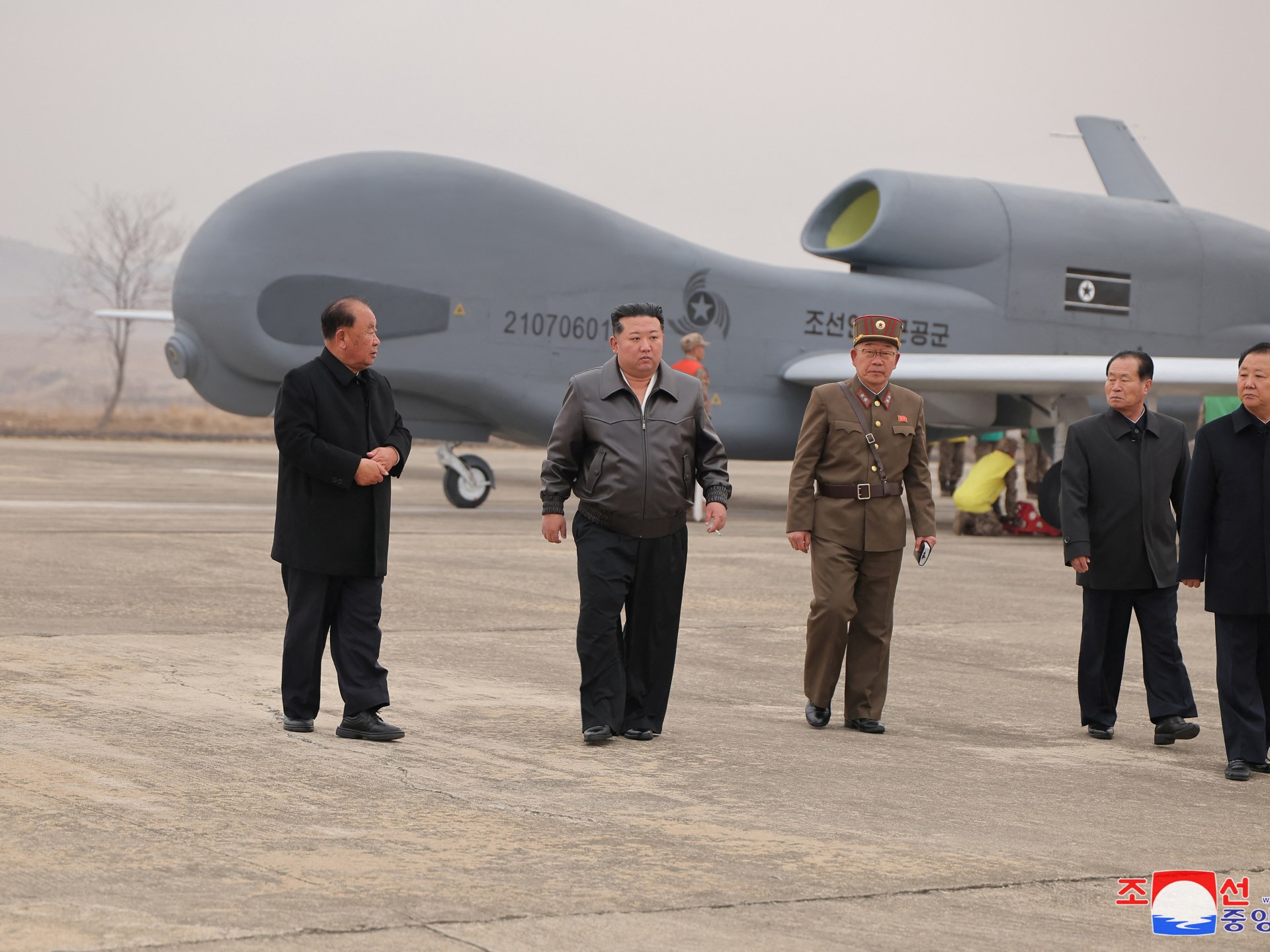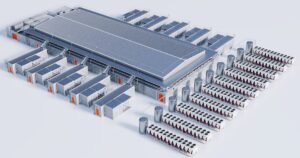Kim Jong Un Supervises Testing of New AI-Powered Suicide Drones

North Korea Advances Military Technology with AI-Equipped Drones
Kim Jong Un’s Oversight of New Military Initiatives
North Korean leader Kim Jong Un has taken a direct role in overseeing the nation’s latest military innovation, particularly focusing on artificial intelligence (AI) and drone technology. Recent reports from North Korea’s state-run Korean Central News Agency (KCNA) on testing procedures reveal that Kim supervised exercises involving new reconnaissance and suicide drones. This push signifies a strategic emphasis on unmanned aircraft and AI within the framework of North Korea’s military modernization efforts.
The Features of New Drone Technology
The drones being developed by North Korea are categorized into two main types: reconnaissance drones and attack drones.
1. Reconnaissance Drones
- Functionality: These drones are designed for monitoring various strategic targets.
- Capabilities: They can track enemy troop activities both on land and at sea.
2. Suicide Drones
- Purpose: Used for specific tactical missions.
- Design: They are equipped with advanced AI technology that enhances their operational efficiency.
KCNA highlighted that the development of these drones aligns with the modern warfare trend, emphasizing the need for enhanced unmanned systems for North Korea’s military.
Expansion of Drone Production
Kim Jong Un has called for an increase in the production capacity of these unmanned systems, urging the establishment of a long-term plan that will facilitate rapid advancement in this area. Photographic evidence from the tests shows attack drones successfully striking ground targets, including military vehicles, indicating significant progress in this military sector.
New Aircraft Developments
Alongside drone innovations, Kim was shown inspecting larger unmanned aerial reconnaissance aircraft. Some reports suggest that these aircraft could outperform standard fighter jets in terms of reconnaissance capability. Additional details reveal that one model includes an airborne early warning and control (AEW) system, featuring a radar dome, reminiscent of South Korea’s Boeing-manufactured Peace Eye aircraft.
Importance of AEW Aircraft
- Enhancement of Radar: The new aircraft is anticipated to improve North Korea’s existing land-based radar capabilities.
- Strategic Intelligence: Analysts have noted that developing these systems could provide essential intelligence support.
Electronic Warfare Advances
During his visit to the drone testing site, Kim was briefed on other advancements such as newly developed intelligence-gathering techniques and electronic jamming systems. These capabilities bolster North Korea’s electronic warfare initiatives, providing a multifaceted approach to military technology.
Caution on Technology Transfers
Amidst these expansions in military technology, South Korean officials have raised alarm over possible technology transfers from Russia to North Korea. It is suggested that in exchange for the provision of North Korean troops and arms to aid Russia in its ongoing conflict in Ukraine, sensitive military technologies may be transferred.
Troop and Arms Supply to Russia
- Recent reports indicate that North Korea has sent an additional 3,000 troops to Russia in 2023 alone.
- It is estimated that North Korea has supplied Russia with significant quantities of military hardware, including:
- Short-range ballistic missiles (SRBMs)
- Self-propelled artillery units
- Multiple rocket launchers
Current Military Dynamics
The South Korean Joint Chiefs of Staff (JCS) have warned that these military supplies could increase in response to battlefield conditions, noting that many of the initial 11,000 North Korean soldiers sent to Russia may have sustained casualties. This situation reflects the broader implications of military alliances in the region and highlights the continuous evolution of North Korea’s military capabilities.





